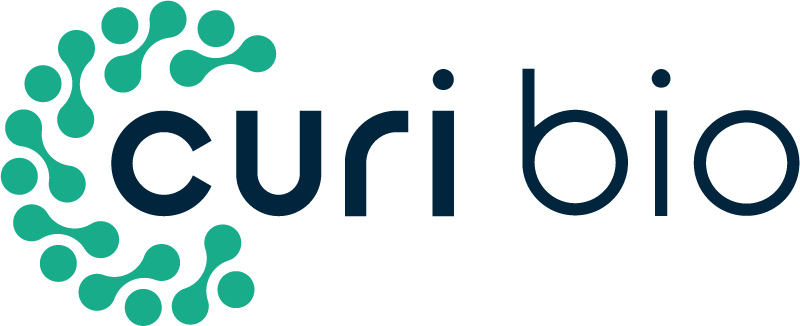Fabrication of Poly(ethylene Glycol): Gelatin Methacrylate Composite Nanostructures with Tunable Stiffness and Degradation for Vascular Tissue Engineering
Peter Kim, Alex Yuan, Ki-Hwan Nam, Alex Jiao and Deok-Ho Kim (1) – (1) University of Washington
Abstract: Although synthetic polymers are desirable in tissue engineering applications for the reproducibility and tunability of their properties, synthetic small diameter vascular grafts lack the capability to endothelialize in vivo. Thus, synthetically fabricated biodegradable tissue scaffolds that reproduce important aspects of the extracellular environment are required to meet the urgent need for improved vascular grafting materials. In this study, we have successfully fabricated well-defined nanopatterned cell culture substrates made of a biodegradable composite hydrogel consisting of poly(ethylene glycol) dimethacrylate (PEGDMA) and gelatin methacrylate (GelMA) by using UV-assisted capillary force lithography. The elasticity and degradation rate of the composite PEG–GelMA nanostructures were tuned by varying the ratios of PEGDMA and GelMA. Human umbilical vein endothelial cells (HUVECs) cultured on nanopatterned PEG–GelMA substrates exhibited enhanced cell attachment compared with those cultured on unpatterned PEG–GelMA substrates. Additionally, HUVECs cultured on nanopatterned PEG-GelM substrates displayed well-aligned, elongated morphology similar to that of native vascular endothelial cells and demonstrated rapid and directionally persistent migration. The ability to alter both substrate stiffness and degradation rate and culture endothelial cells with increased elongation and alignment is a promising next step in recapitulating the properties of native human vascular tissue for tissue engineering applications.
Keywords:
Materials & Methods: Lyophilized GelMA and PEGDMA (PEGDMA MW 1000 Da; Polyscience) were dissolved in DPBS at 80 °C with a UV crosslinker at a ratio of 5 µL crosslinker per 1 mL of solution. The UV crosslinker was prepared by dissolving 2,2-dimethoxy-2-phenylacetophenone (Aldrich) into 1-vinyl-2-pyrrolidinone (Aldrich) at 30% (w/v). The UV crosslinker was stored protected from light to prevent photochemical reaction. PEGDMA was used at 5%, 20% (w/v) concentrations and GelMA concentration was varied among 0%, 5%, 10% and 20% (w/v). The solution was stored at 40 °C to prevent gelation and used within seven days. A silicon wafer with ridge and groove width of 800 nm and height of 600 nm nanopatterned features was fabricated via ion etching as described in [30]. The features were transferred to a PU mold on a polyester film prior to the fabrication of PEG nanopatterns on the glass by a UV-assisted nanomolding method used previously [34]. To prepare the glass coverslips for nanopatterning, glass coverslips were first rinsed in isopropyl alcohol in a sonicated bath at 35 °C for 20 min and dried under a stream of compressed air. The coverslips were then oxygen-plasma treated for 5 min. An adhesion promoter (Glass Primer, Minuta Tech) was then applied to the 35 mm glass coverslips by spin-coating at 2000 rpm for 20 s. Once spin-coated, the coverslips were baked at 65 °C for 20 min and then treated with UV light (365 nm) for 60 s. Treated glass coverslips were stored up to seven days in a desiccator before usage. PEGDMA and GelMA solution was drop dispensed on the coverslips and PUA master was placed over. The pattern was UV cured (365 nm) for 5 min, resulting in a polymer of 35 mm in diameter, ~100 µm in thickness on top of the coverglass. After polymerization, the nanopatterned PUA master mold was removed. The sample was kept under UV for 12 h to complete the UV curing. Unpatterned substrates were fabricated from an unpatterned polyester film instead of a PUA copy of the nanopatterned substrates. Fidelity of the nanopattern was confirmed by scanning electron microscope (SEM) (JEOL) at 15 kV, 4000× magnification after sputter coating gold on the surface.
Microscopic Technique: Scanning Electron Microscope, Atomic Force Microscopy
Cell Type(s): HUVECs
